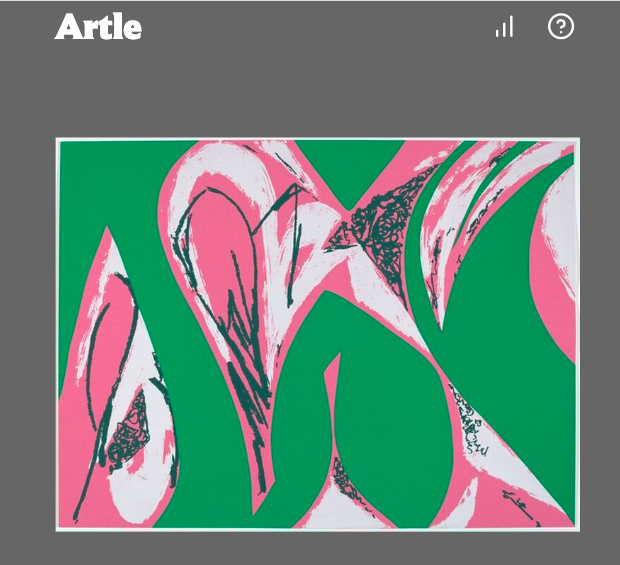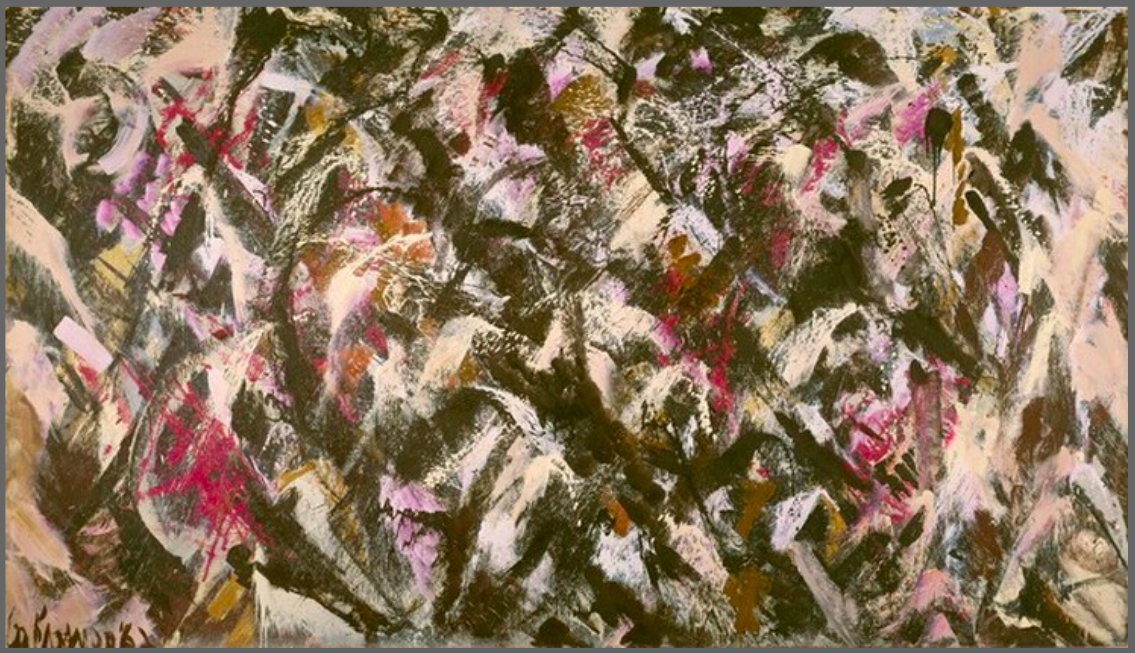There’s never been a bad time for a Kate Bush revival. Those who lived through the 1980s may always associate her biggest songs with their memories. Fans who only know the 80s by way of Netflix know it by proxy and don’t suffer from nostalgia. But whatever Kate’s big, reverb-soaked drums, big Fairlight synths, big hair, and enormous vocals evoke for audiences now, one thing is certain: Kate Bush’s music is timeless.
Rebecca Nicholson sums up the sentiment in a Guardian post on the renaissance Bush is now enjoying, thanks to the use of her 1985 hit, “Running Up That Hill (Deal With God)” in the new season of Netflix hit series, Stranger Things: “If any song can steel itself against over familiarity, it’s ‘Running Up That Hill.’ Whether it is for the first time or the 500th time, you still hear it now and think, what the hell was that? And then you play it again.”
Not to spoil, but the love of a perfect pop song after innumerable repetitions plays a significant role in the plot of Stranger Things’ Season 4, just one of the winking critical touches in the show’s use of 80s culture as commentary on the present. (If you haven’t seen the show yet, maybe skip the clip below.) Can we find the same comforts in our disposable pop culture, the show seems to ask? Maybe we need musical guidance from an icon like Kate Bush now more than ever.
When the show’s producers approached Bush about using the song, she displayed her usual reticence. Since her breakout debut single, “Wuthering Heights” and the resulting album and tour, she has shunned the press and stage, preferring to communicate with videos and taking several years off, only to return onstage recently after 35 years, to the delight of stalwart fans worldwide. Now, since Stranger Things’ new release, “a new generation is tapping ‘who is Kate Bush?’ into the search bar,” Nicholson writes.
The song is already back in the UK top 10 (where it hit no. 3 originally), and it should “at least give its original chart peak a run for its money” in the US, where it only reached no. 30, Billboard comments. For those who need an introduction, the Trash Theory video at the top, “Running Up That Hill: How Kate Bush Became the Queen of Alt-Pop,” will get you caught up on one of the most brilliant — and underrated, in the US — pop stars of the past forty years.
Despite showing her usual caution, however, when the show’s producers sent Bush a script and an explanation of how “Running Up That Hill” would be used, she revealed that she was already a fan of the show and agreed to the song’s licensing, something the 63-year-old singer almost never does. Then, she made a rare public statement on her website:
You might’ve heard that the first part of the fantastic, gripping new series of ‘Stranger Things’ has recently been released on Netflix. It features the song, ‘Running Up That Hill’ which is being given a whole new lease of life by the young fans who love the show — I love it too! Because of this, Running Up That Hill is charting around the world and has entered the UK chart at No. 8. It’s all really exciting! Thanks very much to everyone who has supported the song.
I wait with bated breath for the rest of the series in July.
Best wishes,
Kate
Fans of the show all wait, with Kate, for its return, but not nearly as eagerly as fans of Kate Bush awaited a sign from their idol for decades, a self-made artist who defined her era by never bowing to its dictates. Now, we hope, she’s come back to stay for a while.
Related Content:
Revisit Kate Bush’s Peculiar Christmas Special, Featuring Peter Gabriel (1979)
Josh Jones is a writer and musician based in Durham, NC. Follow him at @jdmagness











